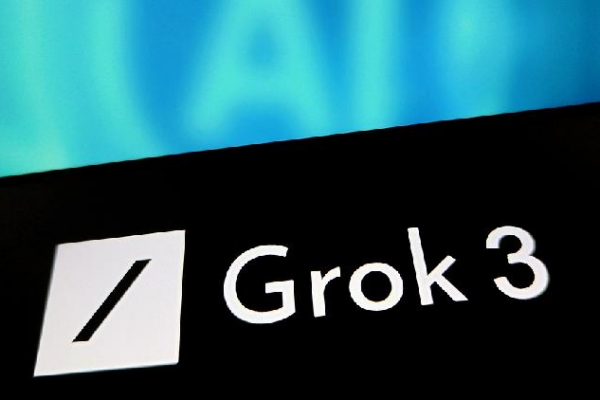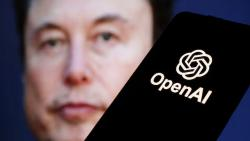China’s artificial intelligence (AI) industry is rapidly advancing, with homegrown companies like DeepSeek making significant strides on the global stage. As the race for AI dominance intensifies worldwide, China’s innovators are pushing the boundaries of technology and shaping the future of AI.
On Tuesday, Elon Musk’s AI company, xAI, unveiled its latest Grok 3 model, claiming it to be “the smartest AI on Earth.” This bold statement has captured global attention and highlights the fierce competition among tech giants investing heavily in AI development.
Amidst this global contest, DeepSeek has emerged as a standout player from the Chinese mainland. Since launching its V3 and R1 models earlier this year, DeepSeek’s AI assistant has soared in popularity, topping app store download charts in over 140 markets worldwide. This achievement not only showcases China’s innovative capabilities but also significantly impacts the global AI industry.
DeepSeek’s success is rooted in its focus on algorithm engineering innovation and technical independence. In response to challenges such as U.S. technology blockades, DeepSeek has leveraged open-source Large Language Model (LLM) technologies and distillation techniques to enhance AI inference efficiency. These advancements accelerate the democratization of AI and foster global innovation.
DeepSeek’s founder, Liang Wenfeng, emphasized the company’s commitment to domestic innovation, stating that “the V2 model has no overseas returns; it’s all domestic.” This reflects strong confidence in China’s AI capabilities and underscores the nation’s dedication to independent technological advancement.
Beyond DeepSeek, other Chinese companies are exploring innovative AI applications. ByteDance’s Doubao is pioneering new frontiers through Chinese voice interaction and emotional design. Utilizing end-to-end voice interaction technology, Doubao offers a user experience that surpasses mainstream technologies like GPT-4, particularly in consumer fields such as education and entertainment.
Despite these advancements, Chinese AI companies face challenges due to international competition and technology restrictions. U.S. policies limiting chip supplies have impacted the development of computing infrastructure for Chinese firms. However, these obstacles have spurred companies to accelerate independent research and development, promoting technological self-reliance and innovation.
China’s strengths lie in significant research investment, talent cultivation, and integrated industry chains. Collaboration between universities, research institutions, and enterprises accelerates the commercialization of technological breakthroughs. Furthermore, China’s vast domestic market and growing demand for intelligent consumer goods provide a solid foundation for rapid technological deployment.
The future of AI is filled with possibilities, and Chinese companies are actively participating in the global innovation wave. While achieving artificial general intelligence (AGI) remains a challenge, current developments in large language models indicate progress toward this goal. By continuing to strengthen independent innovation, deepen international cooperation, and leverage market advantages, China is poised to take a leading role in shaping the future of AI.
Reference(s):
Striving for Artificial General Intelligence: The rise of Chinese AI
cgtn.com








